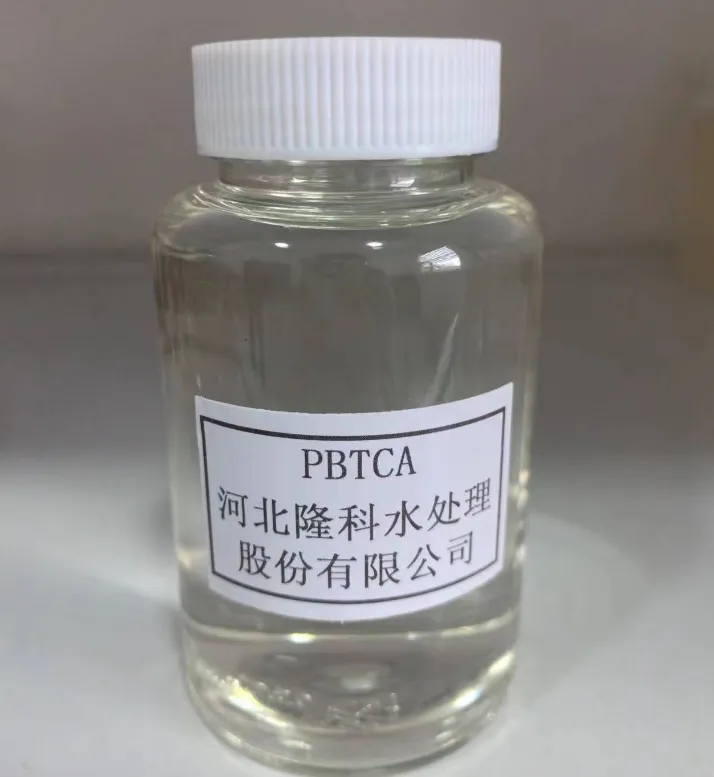poly aluminium chloride in wastewater treatment
The Role of Poly Aluminium Chloride in Wastewater Treatment
In recent years, the treatment of wastewater has become increasingly critical due to growing populations, industrial activities, and the need for sustainable resource management. Among the various chemical coagulants used in wastewater treatment, Poly Aluminium Chloride (PAC) has emerged as a prominent choice due to its effectiveness in removing turbidity and contaminants. This article explores the properties, mechanisms, applications, and advantages of PAC in the realm of wastewater treatment.
What is Poly Aluminium Chloride?
Poly Aluminium Chloride is an inorganic polymer widely used as a coagulant in water and wastewater treatment processes. It is a water-soluble compound composed of aluminium, chloride, and hydroxyl ions, resulting in a high charge density that facilitates the coagulation and flocculation of suspended solids. The polymeric structure of PAC differentiates it from traditional coagulants such as aluminium sulfate, providing enhanced performance and a broader operational pH range.
Mechanism of Action
The effectiveness of PAC as a coagulant lies in its ability to destabilize colloidal particles suspended in water. This process involves several key mechanisms. When PAC is added to wastewater, it dissociates and releases positively charged aluminium ions. These ions neutralize the negatively charged particles, such as silt, clay, and organic matter. As the particles lose their charge, they begin to aggregate and form larger flocs. This floc formation enhances subsequent sedimentation or filtration processes, allowing for the removal of contaminants from the treated water.
Additionally, PAC can enhance the removal of dissolved organic matter through the adsorption process. Larger flocs can trap smaller particles, including bacteria and pathogens, leading to a more comprehensive purification of water. This multi-faceted action makes PAC a versatile agent in various wastewater treatment scenarios, including municipal, industrial, and agricultural waste processes.
Applications in Wastewater Treatment
poly aluminium chloride in wastewater treatment

PAC is utilized in various stages of wastewater treatment. In municipal wastewater treatment plants, it is primarily employed in the preliminary treatment phase to improve the efficiency of settling tanks and reduce the overall load on downstream processes. Furthermore, it plays a vital role in treating industrial effluents, particularly in sectors like textiles, paper, and food processing, where high levels of suspended solids and organic matter are common.
In addition to its use in traditional treatment systems, PAC has found applications in advanced treatment technologies, such as membrane filtration and reverse osmosis. By coagulatively enhancing the quality of influent water, PAC contributes to prolonged membrane life and improved treatment efficiency.
Advantages of Using PAC
The advantages of using Poly Aluminium Chloride in wastewater treatment are manifold. Firstly, PAC outperforms many conventional coagulants in terms of settling speed and sedimentation efficiency. This leads to shorter treatment times and lower operational costs. Secondly, its ability to function effectively across a wide pH range makes it adaptable for various wastewater types. This flexibility is particularly beneficial in facilities dealing with diverse effluent streams.
Environmental considerations also support the use of PAC. Unlike other coagulants, PAC generates less sludge, resulting in reduced disposal costs and a lower environmental footprint. The reduced volume of residual sludge not only streamlines disposal but also contributes to the sustainability of wastewater treatment processes.
Conclusion
In conclusion, Poly Aluminium Chloride stands out as a highly effective coagulant in wastewater treatment processes. Its superior coagulation properties, versatility, and environmental benefits make it an essential component for modern facilities aiming to enhance treatment efficiency and sustainability. As the demand for clean water continues to rise globally, leveraging the advantages of PAC will be crucial in achieving the goals of effective wastewater management and environmental protection.
-
lk-319-special-scale-and-corrosion-inhibitor-for-steel-plants-advanced-solutions-for-industrial-water-systemsNewsAug.22,2025
-
flocculant-water-treatment-essential-chemical-solutions-for-purification-processesNewsAug.22,2025
-
isothiazolinones-versatile-microbial-control-agents-for-industrial-and-consumer-applicationsNewsAug.22,2025
-
scale-inhibitor-key-solutions-for-water-system-scale-preventionNewsAug.22,2025
-
organophosphonates-versatile-scale-inhibitors-for-industrial-water-systemsNewsAug.22,2025
-
scale-and-corrosion-inhibitor-essential-chemical-solutions-for-water-system-maintenanceNewsAug.22,2025





